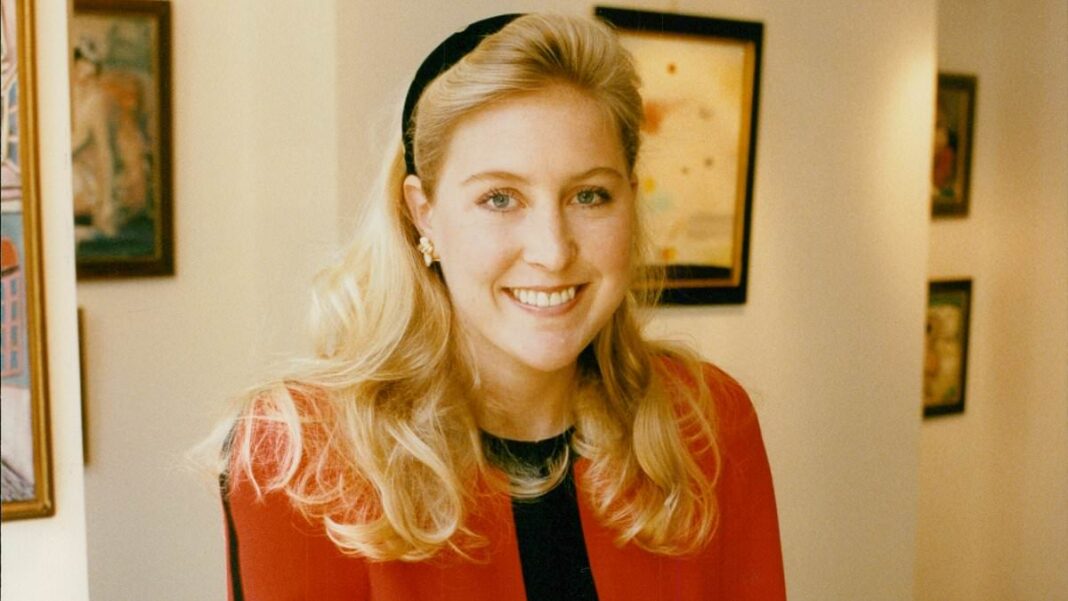The signs Liam Payne was struggling mentally in tragic final videos,
Liam Payne appeared happy and content in the days leading up to his death, joking with his girlfriend at breakfast while sharing their plans for the day with fans, including horseback riding and a game of polo.
But psychologists who spoke to DailyMail.com said there were subtle signs the singer was still struggling with addiction and mental health.
Dr Janette Nesheiwat, is an emergency medicine expert in New York City who often treats people coming to the hospital in mental distress.
She said in response to his most recent public appearances and social media posts that he looked ‘frail, had lost weight and perhaps was not getting sufficient sleep’ despite being on a two-week vacation.
And Dr Robi Ludwig, a psychotherapist in New York City who specializes in mood and thought disorders, said: ‘He looks depressed and in some cases, like he didn’t take care of himself well.’
Payne’s death at 31 shocked the entertainment world on Wednesday, given the star’s positive online posts just hours before hand.
Hours before his fatal fall in Buenos Aires, Payne posted a Snapchat selfie to his fans with the caption, ‘Lovely day in Argentina [heart emoji]’.
Dr Ludwig told DailyMail.com: ‘On the lovely day in Argentina message – the text did not match his image in the photo.
‘He looks pretty despondent in the image next to an upbeat text. Perhaps this gives some insight into how he presented himself: positive message about something he was experiencing, something else on the inside.’
He also posted photos of his attractive hotel room with the caption, ‘Happy I got some time away.’
Dr Ludwig added: ‘Happy he got some time away most likely meant there was something he wanted to get away from.
‘The focus on nature represents a desire to heal.’
Payne appeared to be in high spirits, in the days and hours leading up to his death, posing for photos with his fans and signing autographs. Dr Ludwig said that in photos with fans, Payne looks ‘appreciative, gracious, and generous.’
One TikTok video posted by fans shows a person named Guillo telling Payne that he ‘saved my life in so many ways’ and showed the 31-year-old how he had got the same tattoos inked on his body.
Payne hugged Guillo and said it was a ‘pleasure’ to meet him and thanked him for his kind words, saying they could take some ‘cool pictures’ and asking for his ‘nombre’.
Just hours later he fell from a third-story balcony at his hotel.
After his fatal fall, Argentine police found a bottle of whiskey, a lighter, foil and a phone that could belong to Payne, as well as a white powder and medications like clonazepam and energy pills in his room.
A complete autopsy, including a blood toxicological screen, has not been made public and it remains unclear whether Payne had taken drugs leading up to his fall.
Still, doctors said his recent appearances were highly suggestive of substance misuse.
He reportedly smashed his laptop and had to be carried from the hotel lobby to his room.
While it’s unclear as of yet whether Payne’s fall from a third-story balcony was an intentional suicide or a tragic accident, mental health professionals speculated that he had recently fallen back into his drug and alcohol habit in order to treat his emotional issues.
Dr Ludwig added: ‘We don’t know whether he was sober, even though he might have said that he was.’
In February, Payne posted a video to TikTok detailing the making of his new song called ‘Teardrops,’ in which he sings ‘Don’t know how to love you when I am broken too / Maybe your words make sense / I could be the problem, I’m so sorry.’
The video opens with Payne sobbing into his hands.
Dr Nesheiwat said: ‘Watching the video he was quite emotional. He was vulnerable and open. Liam had a well known history of struggles with drugs and alcohol which he talked about openly in interviews.’
His history of substance misuse likely caused him to behave more impulsively or ‘appearing more tired and disheveled than usual,’ according to Dr Dakari Quimby, a clinical psychologist in Los Angeles.
Very often, people who struggle with addiction, as Payne has admitted to, are using substances to self-medicate. Drug abuse generally goes hand-in-hand with mood disorders such as depression and anxiety.
Payne became famous at 14, thrust into the spotlight when he became a member of boyband One Direction. The major life change may have disrupted his development, Dr Ludwig said, forever impacting the way he makes decisions and how he feels about himself and his sense of self-worth.
In his years on the road and doing press engagements, Payne said he had endless access to alcohol while being holed up in a hotel room, even becoming agoraphobic at some point and unable to go outside.
Matt Kurdish, a trained social worker and CEO of the National Alliance on Mental Illness of New York City, said: ‘I think there’s a lot of evidence that shows that young people who are exposed to this kind of lifestyle of fame so early have really struggled to deal with it.
The development of the brain, particularly the frontal lobes—where logic, reasoning, and decision-making take place—is still ongoing in young people until around 25.
Mr Kurdish said: ‘When you add all of the fame and the constant looking at and speculating about and social media and the fans, it puts a lot of pressure on people, especially on young people, who may not have the tools and the resources yet to deal with that kind of pressure.’









